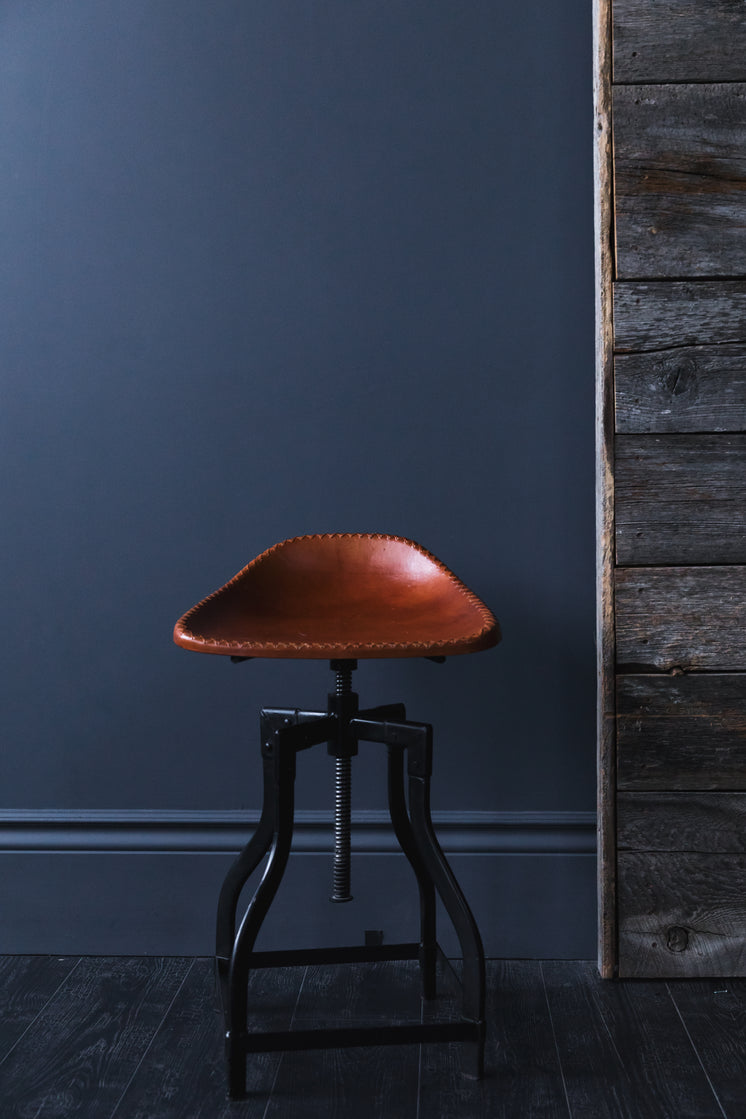The Effect of Agile Layout on Modern Item Advancement
페이지 정보
작성자 Lyda Romano 작성일 25-01-01 19:24 조회 15 댓글 0본문
Introduction
Today's busy market needs versatility, and Agile Style is at the leading edge of creating user-centered, flexible items. By merging active methods with a design-led way of thinking, Agile Layout urges teams to produce items quicker, enhance for quality, and adjust to customer requirements. Services seeking to remain affordable advantage dramatically from embracing Agile Layout principles.
 Agile Style Explained
Agile Style Explained
Agile Style integrates nimble methods with design reasoning. It leverages the dexterous development framework's repetitive strategy, prioritizing quick comments cycles and user-focused changes. This framework allows design and development groups to test, adapt, and improve their products efficiently.
Core Aspects of Agile Design
Empathy for Users: An essential facet of Agile Layout is compassion, ensuring that items attend to users' genuine needs. This state of mind drives the entire layout procedure.
Prototyping and Examining: By developing fast models, groups can rapidly verify concepts. Examining these prototypes helps them make adjustments, which can minimize the chance of expensive errors.
Collective Society: Agile Layout thrives on a collective atmosphere. Cross-functional groups, consisting of designers, programmers, and stakeholders, function with each other to make educated decisions.
Flexibility: Agile Design stresses the capacity to pivot and make changes as insights from testing and customer comments been available in.
Advantages of Making Use Of Agile Style
Agile design in project management Style increases advancement timelines, enabling teams to swiftly launch versions that can be repeated upon. This process creates a quicker course to individual feedback, improving the product's use and relevance.
Steps to Execute Agile Design
To obtain begun, bring all teams together from the task's beginning. Use brief layout sprints to concentrate on details attributes, allowing quick prototyping and comments. This strategy will certainly cause an item that is not just functional but also user-centric and high-grade.
Today's fast-paced market needs adaptability, and Agile Design is at the leading edge of developing user-centered, flexible products. By combining agile methodologies with a design-led frame of mind, Agile Layout motivates groups to create items faster, enhance for high quality, and adjust to individual needs. Companies looking for to remain competitive benefit considerably from taking on Agile Layout principles.
Agile Style incorporates agile practices with layout reasoning.
Today's busy market needs versatility, and Agile Style is at the leading edge of creating user-centered, flexible items. By merging active methods with a design-led way of thinking, Agile Layout urges teams to produce items quicker, enhance for quality, and adjust to customer requirements. Services seeking to remain affordable advantage dramatically from embracing Agile Layout principles.
 Agile Style Explained
Agile Style ExplainedAgile Style integrates nimble methods with design reasoning. It leverages the dexterous development framework's repetitive strategy, prioritizing quick comments cycles and user-focused changes. This framework allows design and development groups to test, adapt, and improve their products efficiently.
Core Aspects of Agile Design
Empathy for Users: An essential facet of Agile Layout is compassion, ensuring that items attend to users' genuine needs. This state of mind drives the entire layout procedure.
Prototyping and Examining: By developing fast models, groups can rapidly verify concepts. Examining these prototypes helps them make adjustments, which can minimize the chance of expensive errors.
Collective Society: Agile Layout thrives on a collective atmosphere. Cross-functional groups, consisting of designers, programmers, and stakeholders, function with each other to make educated decisions.
Flexibility: Agile Design stresses the capacity to pivot and make changes as insights from testing and customer comments been available in.
Advantages of Making Use Of Agile Style
Agile design in project management Style increases advancement timelines, enabling teams to swiftly launch versions that can be repeated upon. This process creates a quicker course to individual feedback, improving the product's use and relevance.
Steps to Execute Agile Design
To obtain begun, bring all teams together from the task's beginning. Use brief layout sprints to concentrate on details attributes, allowing quick prototyping and comments. This strategy will certainly cause an item that is not just functional but also user-centric and high-grade.
Today's fast-paced market needs adaptability, and Agile Design is at the leading edge of developing user-centered, flexible products. By combining agile methodologies with a design-led frame of mind, Agile Layout motivates groups to create items faster, enhance for high quality, and adjust to individual needs. Companies looking for to remain competitive benefit considerably from taking on Agile Layout principles.
Agile Style incorporates agile practices with layout reasoning.
- 이전글 Xleet - Xleet Shop to Buy Tools , Cpanel, RDP, Shells, Mailer, SMTP, Leads, COMBO, Pages - Login
- 다음글 Pub Crawl
댓글목록 0
등록된 댓글이 없습니다.




